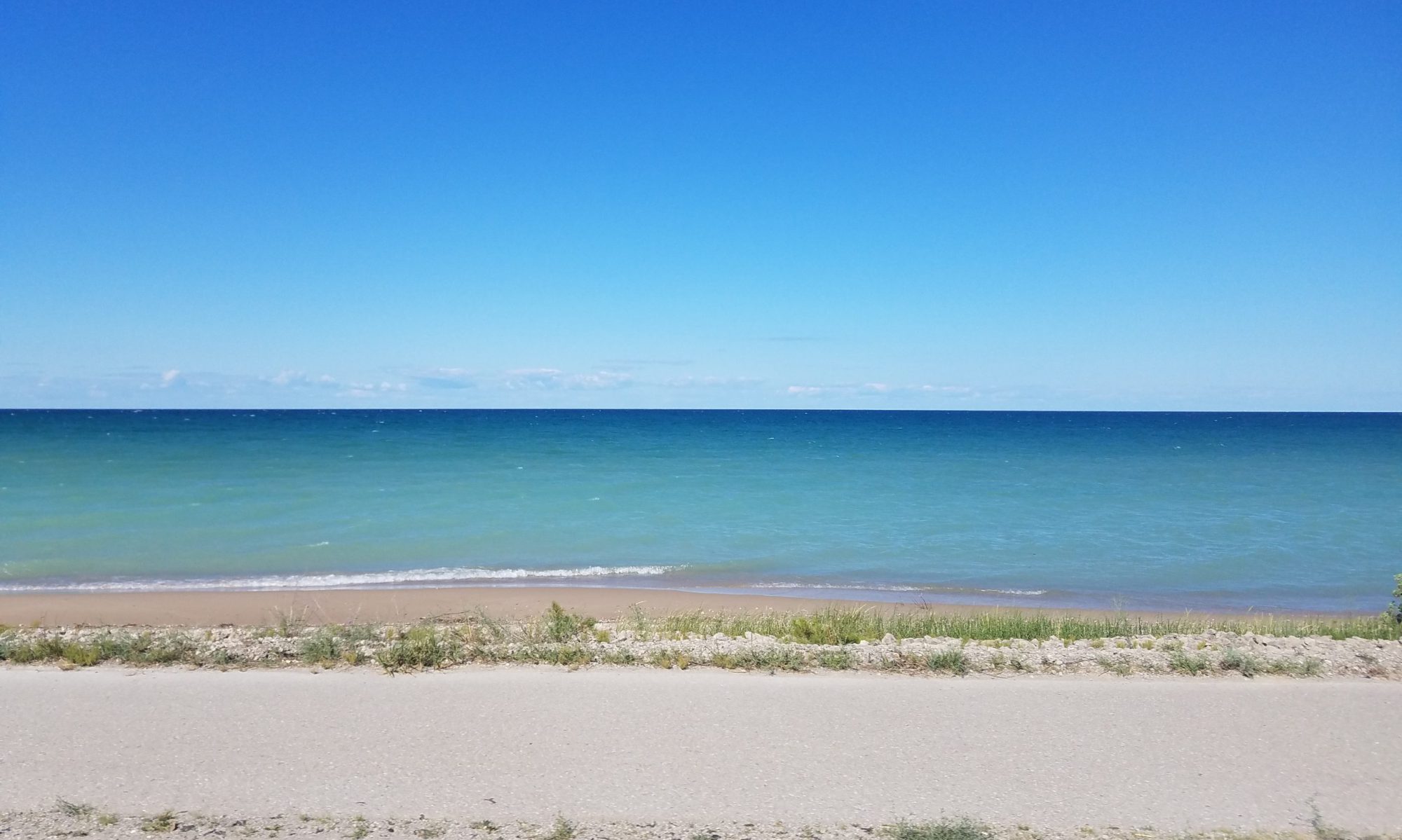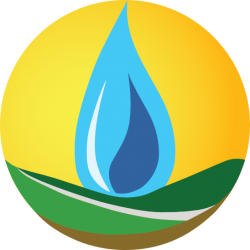
Research Interest
My research domain spans from field to basin scale hydrological modelling with a wide range of hydrological models (both numerical and conceptual). In particular, investigating wetlands’ hydrologic and hydraulic interactions with surrounding environments (e.g. rivers and aquifers) has been a preferable area to me over the last couple of years. Under my PhD work, I have developed a variant of Soil and Water Assessment Tool (SWAT) model to enhance SWAT’s capability in simulating riparian wetlands’ hydrology. My research also includes treatment (downscaling and bias correction) of raw Global Climate Model (GCM) generated data and assessing climate change effects on terrestrial water distribution. My current research is simulating groundwater recharge in an Amazonian experimental ranch where I am using the numerical HYDRUS model.
Education
PhD 2017: University College London (UCL), UK; Department of Geography (Wetland Hydrology Unit)
MS 2011: North Dakota State University, USA; Agricultural and Biosystems Engineering Dept.
MS 2006: Bangladesh Agricultural University, Bangladesh; Irrigation and Water Management Dept.
BS 2004: Bangladesh Agricultural University, Bangladesh; Faculty of Agricultural Engineering and Technology.
Selected Publications
Rahman, M. M., Thompson, J. R, and Flower, R. J. 2019. Hydrological impacts of climate change on river-wetland systems in the Upper Meghna River Basin (Bangladesh and India) and their implications for rice cultivation. Hydrological Sciences Journal. DOI: 10.1080/02626667.2019.1676427
Rahman, M. M., Thompson, J. R, and Flower, R. J. 2016. An enhanced SWAT wetland module to quantify hydraulic interactions between riparian depressional wetlands, rivers and aquifers. Environmental Modelling and Software, vol: 84, p: 263-289. doi.org/10.1016/j.envsoft.2016.07.003
Rahman, M. M., Z. Lin, X. Jia, D. D. Steele, and T. M. DeSutter. 2014. Impact of subsurface drainage on streamflows in the Red River of the North basin. Journal of Hydrology, vol: 511, p: 474-483. doi.org/10.1016/j.jhydrol.2014.01.070

